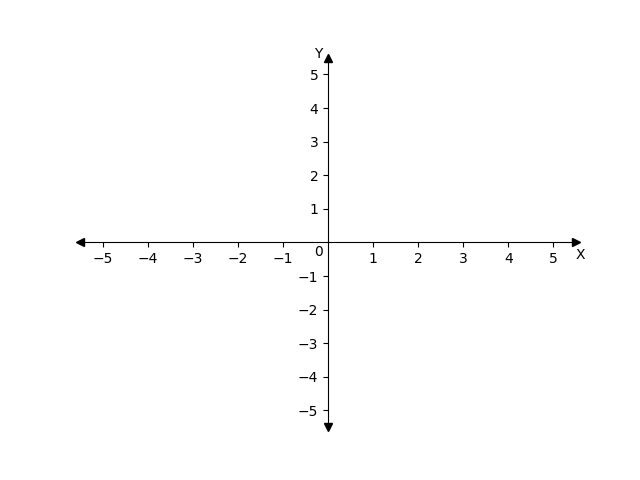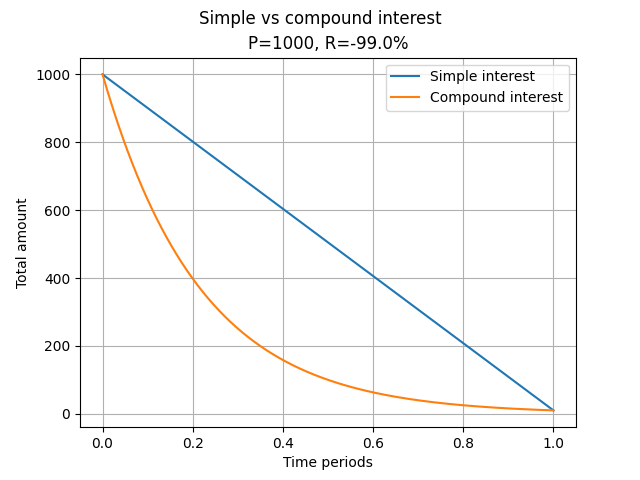Cover image credit: “Question” by kevin dooley is licensed under CC BY 2.0.
Here’s a curated selection1 of the comments and questions shared by readers of this blog so far since the last Q&A post.
Q: How can you be financially sustainable
without being financially independent?
A: Being financially sustainable (FS) means your total income – including
both active and passive – are
sufficient to meet your total expenses, whereas being financially independent
(FI) means your passive income alone suffices for the same purpose.
This implies that you can be FS while still needing to work a job, but being FI
means you no longer need a job.
In this sense, FS is a broader concept than FI.
C: I liked your explanation of how budgeting can be used as a tool for
self-reflection – it is commonly
portrayed only as a tool to rein in your personal finances.
R: Thank you – we believe that
this “off-label” use of this tool can profoundly alter your lifestyle!
Q: You showed how to represent negative numbers on the number line, but how do we represent them
on 2-D graph?
A: For a 2-D graph, you represent negative numbers on the X-axis in the same
way as on the number line, i.e., to the left of the origin.
For the Y-axis, positive numbers are traditionally marked above the origin,
whereas negative numbers are marked below the origin as shown below.

Q: Your argument about using double-entry accounting
is pretty convincing, but I’m unable to follow it as I’m unsure whether to
enter a transaction as a debit or credit in a given account.
How does one determine that?
A: Thanks for the clarification question.
The general rule for credits and debits for accounts are: debits add to
assets and reduce from liabilities, whereas credits do the opposite.
Your assets are things you own, so in terms of
accounts, it includes your bank accounts holding cash, e.g., savings accounts,
cash on hand, etc.
Similarly, liabilities are things you owe, so it
includes things like your credit card balance.
Thus, in terms of transactions, if a transaction adds to your bank account
balance, it is a debit entry, if it reduces your balance, it’s a credit entry.
Similarly, if a transaction increases your credit card balance, it’s a credit
entry, whereas if it reduces your balance, it’s a debit entry.
Hope this makes sense.
C: I am convinced that defeating mindless consumption is the biggest challenge
of our generation.
Maybe we can use the power of ads to undo the harmful effects unleashed by
them in the first place.
R: That’s a great observation!
Indeed, it’s in line with the old adage “fight fire with fire”, and certainly
may be a very effective way of addressing this enormous challenge.
The more ways we can come up with to defeating this challenge, the better.
Q: I liked your exposition of how solving equations can give you a reality
check.
Are there other ways that solving equations can clearly show if your plans
are realistic?
A: Another way in which solving equations can help keep you honest with
yourself is when you can actually solve for the quantity of interest, but the
result is a negative number when you were expecting a positive number.
As a simple example, say you want to know what your expenditure level should be
if you desire to have annual savings of 75,000 LCU (local currency units)
on an annual income of 25,000 LCU.
From the fundamental budgeting equation, we can compute the annual
expenditure level, $E$, in LCU as:
$$ \begin{equation} E = 25000 - 75000 = -50000 \end{equation} $$
But expenses cannot be negative, so you know that your plan is doomed to fail!
Q: You showed graphically how exponential growth exceeds linear
growth, but what about when the
interest rate is negative2?
A: Good question!
For exponential decay, i.e., when the interest rate is negative,
exponential decay can outpace linear decay.
In other words, the total amount in the case of compound interest
can be lower than that for the case for simple interest,
as shown in the graph below with some example values.

Q: You mentioned that basic math can be used to compute the financial runway
and how long it would take to create one of the desired
length.
How exactly can one do that?
A: We’re planning to release some supplementary material over the course of
the next year to accompany the material in our blog posts, and will cover the
details in that material – see the main website.
Feel free to write to us to share your thoughts, questions, comments, and any other reactions on any of this site content by sending an email to player1 [AT] aplaystudio [DOT] com
-
Legend: Q => Question | A => Answer | C => Comment | R => Response ↩︎
-
While this may seem strange, negative interest rates have actually been implemented in some places. ↩︎
